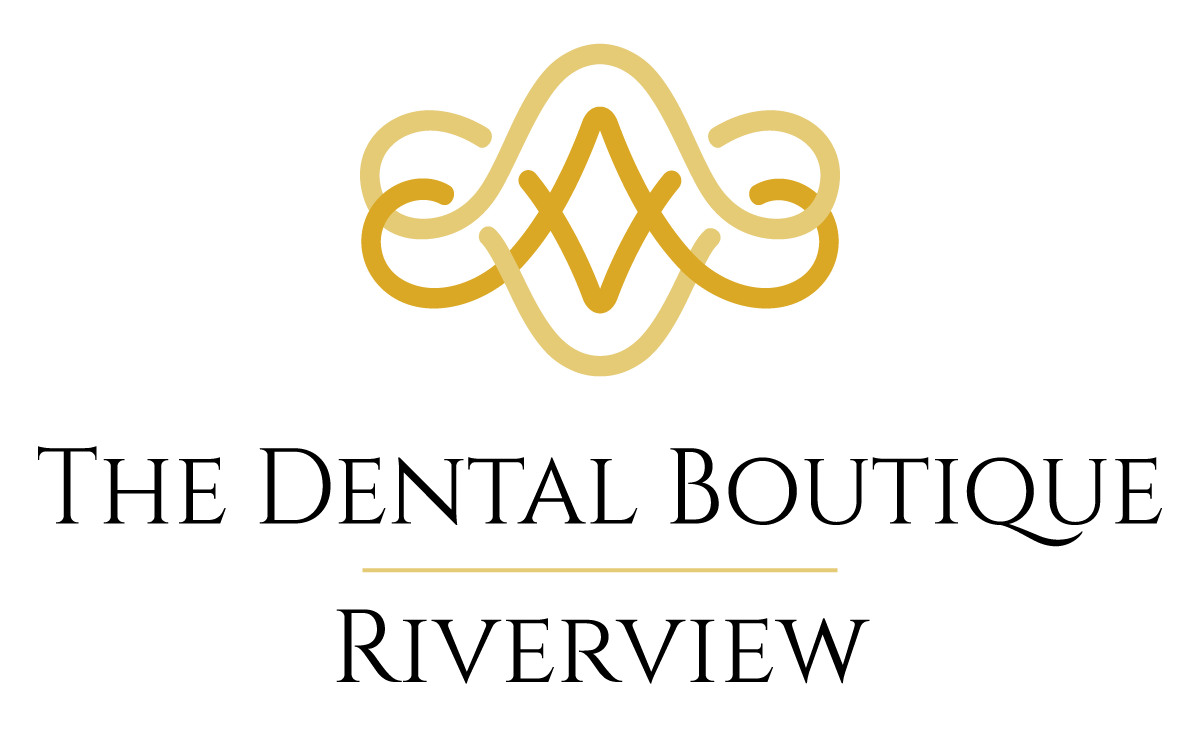Invisalign vs. Traditional Braces: Choosing the Best Orthodontic Treatment for Your Smile
A healthy, aligned smile is not only pleasing to the eye, but it also impacts your overall oral health and self-confidence. When considering orthodontic treatment, it's vital to understand your options to make an informed decision. Two of the most popular and effective solutions for correcting misaligned teeth are traditional braces and Invisalign clear aligners. As a leading provider of advanced digital and restorative oral health care, we are dedicated to assisting you in choosing the most suitable orthodontic treatment for your unique needs.
In this article, we will delve into the fundamental differences between Invisalign and traditional braces, exploring factors such as treatment duration, cost, comfort, aesthetic appearance, and effectiveness. Additionally, we will address the pros and cons of each treatment option, offering expert advice to help you make the best decision for your oral health and lifestyle.
Treatment Duration and Process
1. Invisalign
The duration of Invisalign treatment largely depends on the specific misalignment issues and the patient's commitment to wearing the aligners consistently. On average, Invisalign treatment takes between 12 to 18 months. Patients receive a series of custom-made, removable aligners, which they must wear for at least 20-22 hours per day. Approximately every two weeks, the patient switches to a new set of aligners, gradually shifting their teeth into the desired position.
2. Traditional Braces
Traditional braces typically require a longer treatment time than Invisalign, averaging around 18 to 24 months. Metal or ceramic brackets are affixed to each tooth, with an archwire connecting the brackets and applying constant, gentle pressure to shift the teeth into proper alignment. Patients visit their orthodontist every 4-6 weeks for adjustments.
Aesthetic Appearance and Comfort
1. Invisalign
Invisalign aligners are made from a clear, flexible plastic material that is virtually invisible when worn. They offer a more discreet and aesthetically pleasing option compared to traditional braces, making them particularly popular among adults and image-conscious teens. Furthermore, as the aligners are custom-made and do not contain brackets or wires, they often provide greater comfort than traditional braces.
2. Traditional Braces
Traditional braces, especially metal ones, are more noticeable than Invisalign aligners. However, ceramic braces are available as a slightly more discreet option, as they have tooth-colored brackets that blend with the natural teeth. Despite advancements in orthodontic technology that have made braces more comfortable than in the past, they can still cause occasional discomfort or irritation due to the brackets and wires.
Effectiveness and Suitability
1. Invisalign
Invisalign is highly effective for treating mild to moderate dental misalignment issues, including overcrowding, gaps, overbites, and underbites. However, it may not be suitable for more complex orthodontic cases, such as severe bite problems or significant tooth rotations. For patients with complex orthodontic needs or cooperation concerns (e.g., not consistently wearing the aligners), traditional braces may be a better option.
2. Traditional Braces
Traditional braces are capable of addressing virtually all types of dental misalignment issues, from mild to complex. They are suitable for patients of all ages and provide a reliable, time-tested solution for orthodontic treatment. However, their visible appearance and potential for discomfort may deter some patients.
Cost and Insurance Coverage
1. Invisalign
The cost of Invisalign treatment typically ranges from $3,000 to $8,000, depending on factors such as the complexity of the case and geographical location. Many dental insurance plans offer coverage for Invisalign, often covering similar amounts as they would for traditional braces. Additionally, payment plans and financing options are often available to make the treatment more affordable.
2. Traditional Braces
Traditional braces generally cost less than Invisalign, with prices ranging from $2,500 to $6,000. Insurance coverage for traditional braces is common, with many plans covering a significant portion of the treatment cost.
Conclusion
When choosing between Invisalign and traditional braces, it's essential to consider factors such as your orthodontic needs, lifestyle, appearance preferences, and budget. Invisalign offers a more discreet, comfortable, and often quicker solution for correcting mild to moderate dental misalignment issues. However, traditional braces may be more suitable for patients with complex orthodontic needs or concerns about consistently wearing removable aligners.
At The Dental Boutique Riverview, we understand the importance of personalized, expert guidance in selecting the best orthodontic treatment for your unique situation. Our experienced team is committed to working with you to determine the most suitable solution to achieve a healthy, beautiful smile that will last a lifetime.
If you're considering
Invisalign or traditional braces, schedule a consultation with us today. Together, we'll explore your options and develop a customized treatment plan tailored to your needs and desires. Allow our skilled dental professionals to support you on your journey towards the perfect smile you've always dreamed of.
Share This Post

